Desert
TERROIR
Ellen and Edward Randall Series
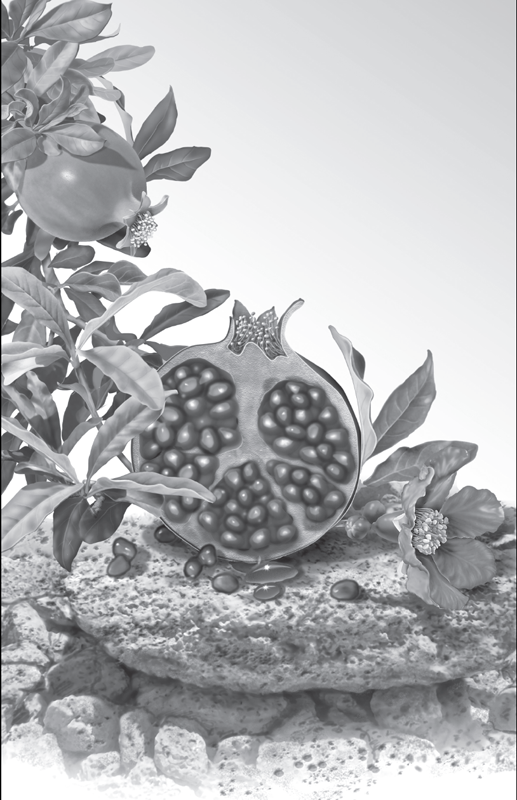
Desert
TERROIR
EXPLORING the UNIQUE FLAVORS and
SUNDRY PLACES of the BORDERLANDS
Gary Paul Nabhan
ILLUSTRATIONS BY Paul Mirocha
UNIVERSITY OF TEXAS PRESS  AUSTIN
AUSTIN
Copy right 2012 by the University of Texas Press
Illustrations 2012 by Paul Mirocha
All rights reserved
Printed in the United States of America
First edition, 2012
Requests for permission to reproduce material from this work should be sent to:
Permissions
University of Texas Press
P. O. Box 7819
Austin, TX 78713-7819
www.utexas.edu/utpress/about/bpermission.html
The paper used in this book meets the minimum requirements of ANSI/NISO Z39.48-1992 (R1997) (Permanence of Paper).
LIBRARY OF CONGRESS CATALOGING-IN-PUBLICATION DATA
Nabhan, Gary Paul.
Exploring the unique flavors and sundry places of the borderlands / Gary Paul Nabhan ; illustrations by Paul Mirocha. 1st ed.
p. cm. (Ellen and Edward Randall series)
Includes bibliographical references.
ISBN 978-0-292-72589-8 (cloth : alk. paper) ISBN 978-0-292-73588-0 (e-book)
1. DietSouthwest. 2. DietMexico. 3. Food habitsSouthwest. 4. Food habitsMexico. 5. Natural historySouthwest. 6. Natural historyMexico. I. Title.
TX360.U62S856 2012
394.1'20972dc23
2011031399
For Jack Shoemaker, who first imagined where literary natural history and culinary history might converge to delight us all.
Contents
The Verve in the Herb: A Culinary Natural History
Hungry for Home: Mostafa al-Azemmouri Discovers a New World of Desert Foods
Seek-No-Further: Foraging and Fishing through the Big Bend
A Flour Blooms: Esperanza and the Magical Mesquite Tortillas
From the Beeves Lips to Pauls Fears: Grass-Fed Flavor
Pan on a Mission: Capirotada Comes to Baja California
Camel Chorizo: A Missing Link
My First (and Last) Rodeo: Catching Corvina in the Sea of Corts
A Desert Communion
Acknowledgments
AS I FINALLY PLACE THESE STORIES TOGETHER in the same nest, it has become difficult for me to remember all the birds who have flown with me on these migrations and peregrinations. Certainly my old friend Paul Mirocha,my wife, Laurie Smith Monti, and my mentor in all things Near Eastern, Agnese Haury, have been essential to the making of these adventures. But I am just as indebted to a new friend, editor Casey Kittrell, who has had the stamina and vision to help me see these stories to fruition, enriching the manuscript along the way with his own knowledge, values, and keen sense of story. These four folks are the cornerstones that supported the building of this book.
Others have played roles for parts of these adventures that were nearly as essential. Joe Wilder provided logistical and moral support back at the Southwest Center at the University of Arizona, as did my interns and field colleagues Kanin Routson, Rafael Routson, DeJaWalker, and Regina Fitzsimmons. Juan Estevan Arrellano, Jess Garca, Sulaiman al-Khanjari, Enrique la Madrid, Tom Sheridan, Brad Lancaster, Maribel Alvarez, Carolyn Niethammer, Esperanza Arevalo, Nate OMeara, Steve Buckley, Patty West, and Micheline Cario-Olveres have taught me most of what I know about desert agricultural traditions. Amy Trubek, Rowan Jacobsen, Greg Jones, Betty Fussell, Ed Frederickson, J. P. S. Brown, Blake Edgar, Kirsten Rowell, Yan Linhart, and Jane Black stimulated and guided my interest in the subject of terroir. Other travel companions for these adventures included Marcos Paredes, Kanin Routson, Wendy Hodgson, Jane Cole, Suzanne Nelson, Ben Wilder, Becca Munro, Ellery Kimball, David Cavagnaro, Deb Moroney, Dennis Moroney, Cody Routson, Duncan Blair, Laura Kerman, Amadeo Rea, Ali Masoud al-Subhi, and Angelita Torres Cubillas and her sisters.
I wish to note that in two of the chaptersChapter Three about the Big Bend and Chapter Eight about the Sea of Corts several names have been changed and dialogues bridged in order to maintain confidentiality or respect for participants no longer able to be engaged in such dialogues.
I am grateful to the editors of Gastronomica, the Journal of Arizona History, Edible Phoenix, and the International Journal of Biodiversity and Conservation for taking early interest in this work; some elements of these stories have been adapted from earlier versions that appeared in their pages. Over the long haul, I am just as indebted to another editorone who did not put his hand to any of this work, but who enabled me to see the vital links that could be made between literary natural history and food writing. It is to his longterm legacy of publishing dozens of us with similar values, from M. F. K. Fisher and Angelo Pellegrini to Wendell Berry and Mary Taylor Simeti, that this book is dedicated. Thank you, Jack Shoemaker, my elder brother, for first bringing my writing into this world and introducing me to this writing community some thirty years ago.
Prologue
We crave food with stories.... The fact that we can even entertain a phrase like its just food emphasizes the strange time we live in. Because until the advent of the modern grocery, every food had a story. Anonymous food is not the norm, its the aberration.... [Most] food comes heavy with history and meaning.
ROWAN JACOBSEN, American Terroir, 2010
ONCE UPON A TIME, in a cantina not far from the U.S./Mexico border, I heard a vineyard keeper, a winemaker, a smuggler of sotol, a rancher, a soil scientist, a weatherman, and a cultural geographer arguing about the term terroir.
It is the very taste of placethe vineyards own geological, ecological, and cultural historyembodied in the grape, the man who pruned and pampered the vines asserted.
But it is not limited to the grape alone, for the yeast also echoes the place as it ferments the grape into wine, argued the vintner. The yeast is the broker for all those flavors from the earth, raising them up from the ripening and rotting.
Well, you talk as though terroir occurs only in wine, said the smuggler. You need to try some of this sotol that just came in from Coahuila.
And you speak as if it is only found in wine and spirits, said the cattleman. You ought to taste my grass-fed beef, unadorned, right off the grill.
But its the parent materials and their decompositionthe geochemistrythat really determine the taste of place, the soil scientist said with an air of authority.
Well, if rain and drought and heat and cold never broke down that parent material and stressed the plants that grew upon it, argued the climatologist, youd never capture that chemistry in a bottle.
The cultural geographer had begun to assert that all these factors were threaded together in every molecule of every bite or sip we take, when into the cantina staggered a wild-eyed storyteller. They could not tell if he was under the influence, or inherently off-kilter. Although he barged in on them uninvited, they had the generosity to welcome him just the same. The geographer turned to him and offered, You may be able to help us resolve our argument about terroir. We just cant agree whether it is the soil, the climate, the historical ecology, or the skill of the producer which makes a food or wine come alive.
Next page

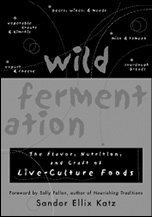
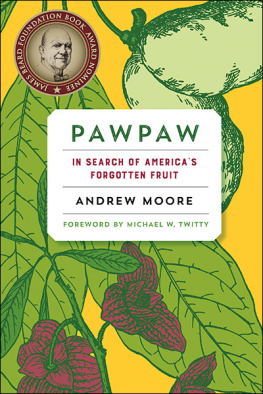

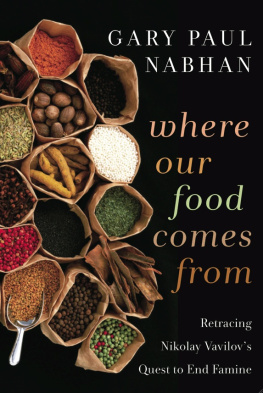
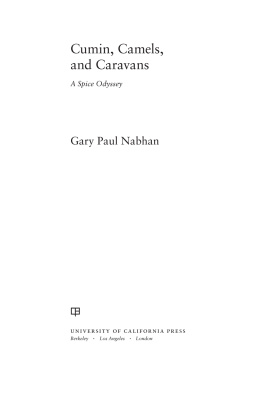
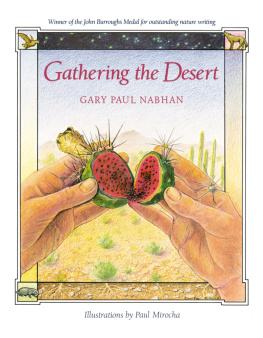
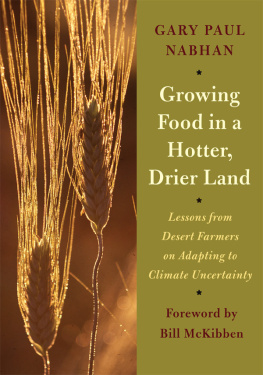
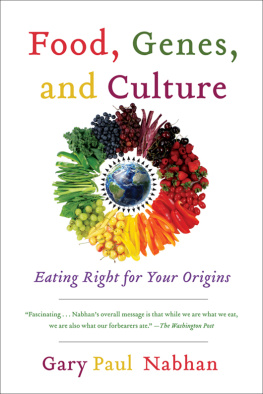
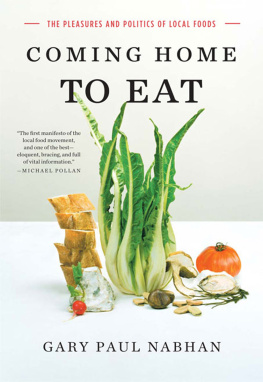


 AUSTIN
AUSTIN